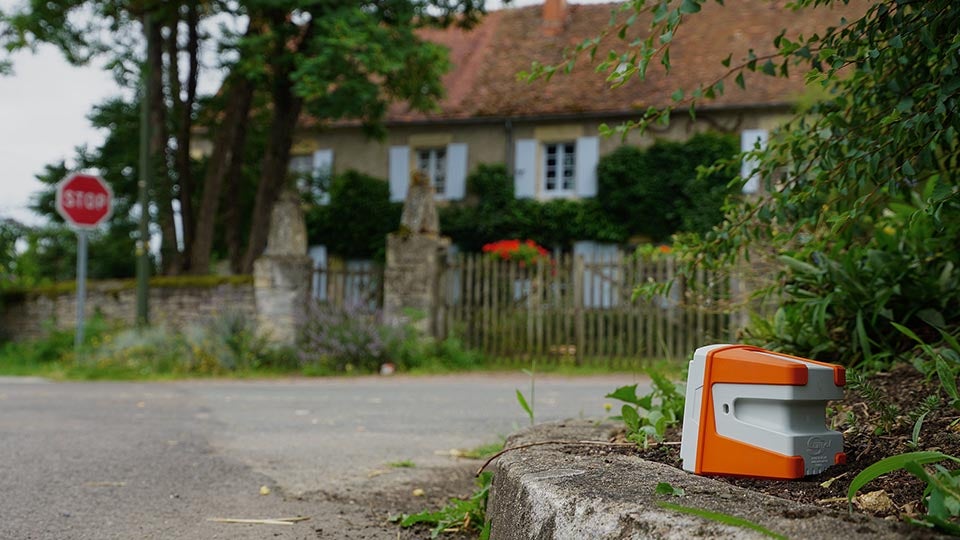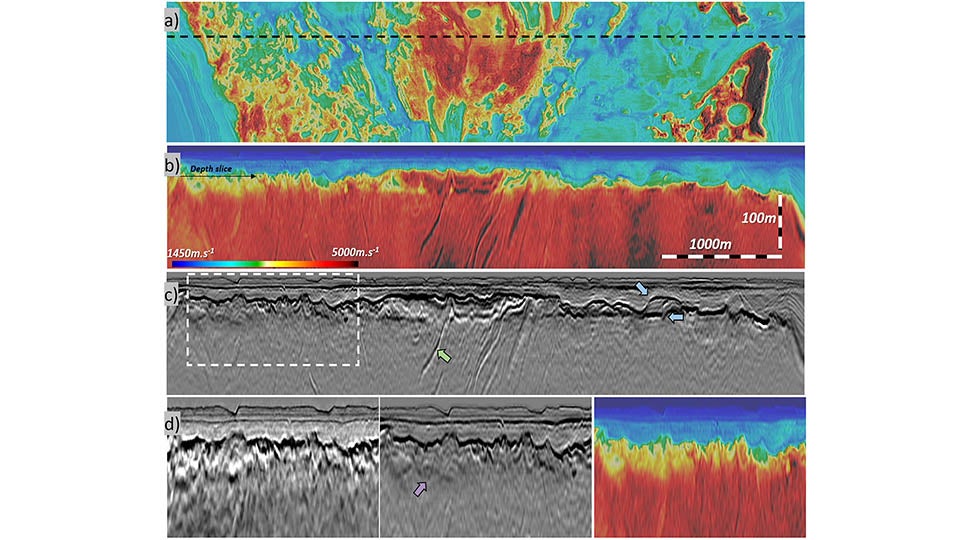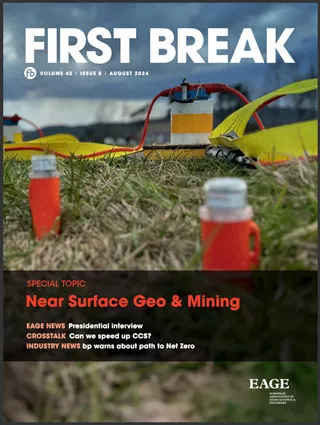Viridien wins contract to supply 30,000 Sercel WiNG land nodes to DMT
Viridien announced today that its Sensing & Monitoring business line, marketed under the Sercel brand, has sold and delivered a total of 30,000 Sercel WiN

About Viridien
Viridien (www.viridiengroup.com) is an advanced technology, digital and Earth data company that pushes the boundaries of science for a more prosperous and sustainable future. With our ingenuity, drive and deep curiosity we discover new insights, innovations, and solutions that efficiently and responsibly resolve complex natural resource, digital, energy transition and infrastructure challenges. Viridien employs around 3,500 people worldwide and is listed as VIRI on the Euronext Paris SA (ISIN: FR001400PVN6).

